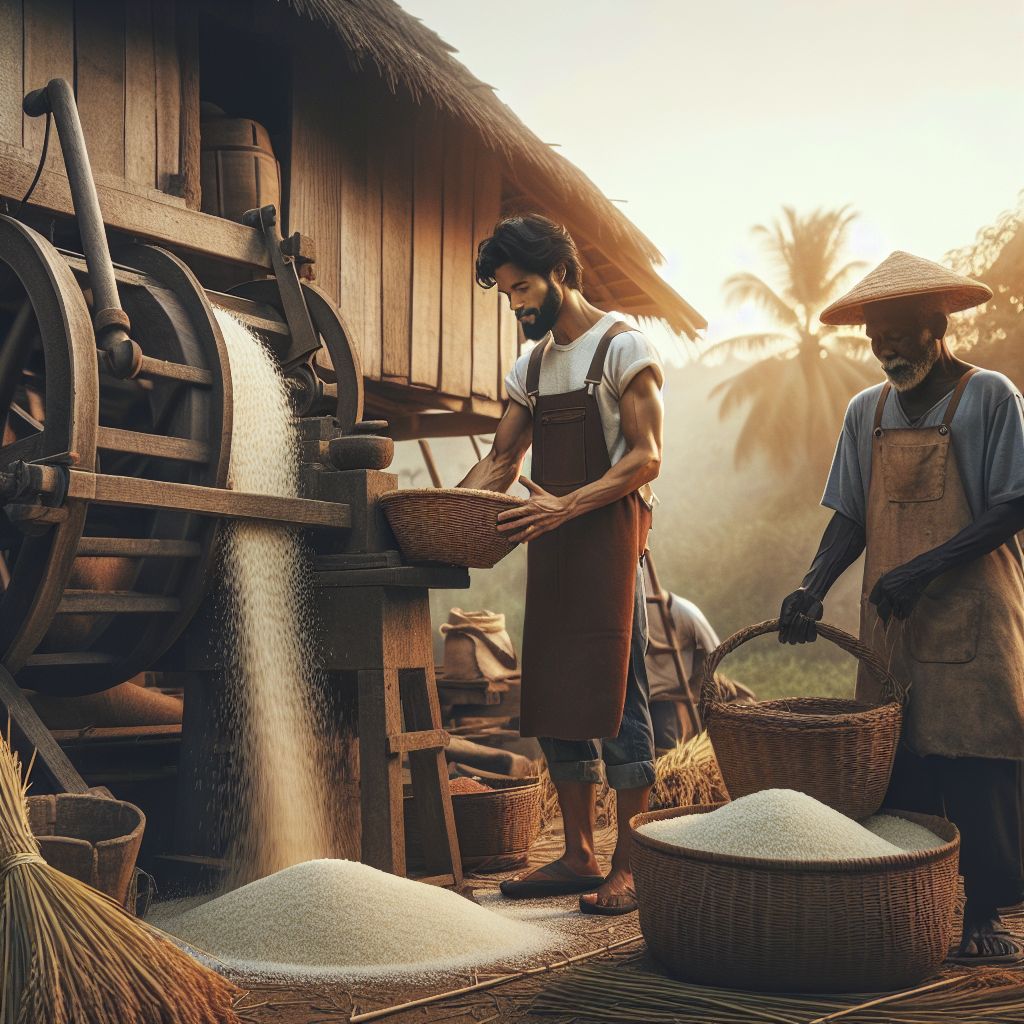Navigating Tariff Challenges: Indian Rice Exporters' Resilience
The Indian Rice Exporters Federation sees the 25% US tariff as a temporary hurdle. Despite this, India retains a pricing edge over competitors like Vietnam and Pakistan. The federation emphasizes strategic planning to protect its market share, noting the US isn't the largest market for India's basmati exports.

- Country:
- India
A rice exporters' organization referred to the 25% US tariff effective August 1 as a temporary 'hurdle' while affirming India's pricing advantage over rivals such as Vietnam and Pakistan. President Trump's announcement imposes additional levies on imports from India, including undefined penalties for Russian crude oil and military equipment purchases.
Prem Garg, National President of the Indian Rice Exporters Federation (IREF), expressed optimism that with strategic planning, diversification, and flexibility, Indian rice exporters can maintain and potentially expand their footprint in the US market. He emphasized that the US isn't India's primary basmati rice market, as evidenced by the international export figures.
Despite the tariff, India's pricing and quality advantages persist. The new tariff is lower compared to duties on other countries like China, Vietnam, and Thailand, sustaining India's competitiveness in the US. The IREF, representing over 7,500 industry stakeholders, collaborates with various bodies to foster growth in India's rice export sector.
(With inputs from agencies.)










